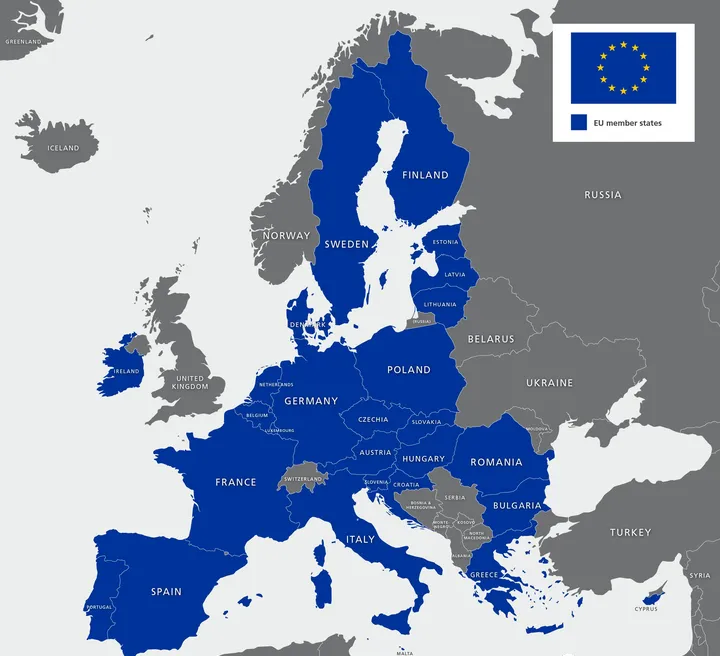
CE Low Voltage Directive Testing
LVD (low voltage directive) Testing is a method to verify whether a product meets the CE standards of the European Union. The LVD test aims to ensure the safety of electrical and electronic products with input or output voltages within a specific range, thereby benefiting from the single market. It includes 11 safety objectives and addresses all risks associated with using electrical equipment, including electrical, mechanical, and cheMICal hazards. It also covers health risks related to noise, vibration, and ergonomic factors. The directive came into effect on April 20, 2016, by the European Commission and is applicable to all EU member states.

Scope of the Low Voltage Directive
In general, the Low Voltage Directive applies to devices that can be plugged into power outlets and their power units. Therefore, it covers consumer electronics and AC adapters.
The Low Voltage Directive (LVD) addresses the health and safety risks of electrical equipment with input or output voltages between:
- 50V and 1000V for alternating current (AC)
- 75V and 1500V for direct current (DC)
LVD applies to a wide range of electrical equipment for both consumer and professional use, including:
1. 230V socket outlets for household use
2. Household luminaire plugs and sockets
3. Appliance couplers - plugs, and outlets
4. Appliance couplers for industrial use
5. Appliance couplers, such as vehicle heaters, marked by the manufacturer
6. Cables
7. Components
8. Power supply plugs + cables + sockets, with or without passive elements
9. Wiring kits and interconnection wiring kits plugs + cables + wiring kits
10. Installation enclosures and conduits
11. MULtiple travel adapters
12. Multiple travel adapters with power supply (e.g., chargers for phones or music players)
13. Plugs with one or more sockets equipped with electronic dimmers or dusk-to-dawn dimmers
14. Products with integrated plugs and/or sockets, household 230V (e.g., phone chargers, night lights)
15. Switches for household and similar fixed electrical installations
Products not coveRED by the Low Voltage Directive 2014/35/EU:
1. Electrical equipment for explosive environments
2. Radiology and medical electrical equipment
3. Electrical components of goods and passenger lifts
4. Electricity meters
5. Household plugs and sockets
6. Electric fence controllers
7. Radio interference
8. Special electrical equipment for ships, aircraft, or railways, conforming to safety regulations set by international bodies in which member states participate.
lvd testing Items:
- Leakage current test
- Ground continuity test
- Protection against access to live parts test
- Thermal test
- Resistance test
- Moisture resistance test
- Abnormal operation test
- Construction test
- Discharge test
- Tension test
- Grounding test
- Insulation test
- Ball pressure test
- Glow wire test
- Surface leakage protection test
- High voltage test
- Combustion test
- Mechanical strength test
- Water and IP dust test
If you have any LVD testing requirements, please feel free to contact us. JJR Laboratory is always available to provide product testing solutions to ensure your products enter the EU market smoothly.
Email:hello@jjrlab.com
Write your message here and send it to us
 Amazon ISO/IEC 17025 UL Testing Service Laboratory
Amazon ISO/IEC 17025 UL Testing Service Laboratory
 How to get CE Certification for Lighting Products?
How to get CE Certification for Lighting Products?
 CE Certification Standards & Process for Elect
CE Certification Standards & Process for Elect
 Japan METI Registration & Japanese Agent Servi
Japan METI Registration & Japanese Agent Servi
 Temperature Shock Test (IEC 60068-2-14:2009)
Temperature Shock Test (IEC 60068-2-14:2009)
 Electromagnetic Compatibility (EMC) Testing Servic
Electromagnetic Compatibility (EMC) Testing Servic
 Canada ISED Certification (IC Certification) Analy
Canada ISED Certification (IC Certification) Analy
 CSA C22.2 No.42 Compliance Test Report for Amazon
CSA C22.2 No.42 Compliance Test Report for Amazon
Leave us a message
24-hour online customer service at any time to respond, so that you worry!




